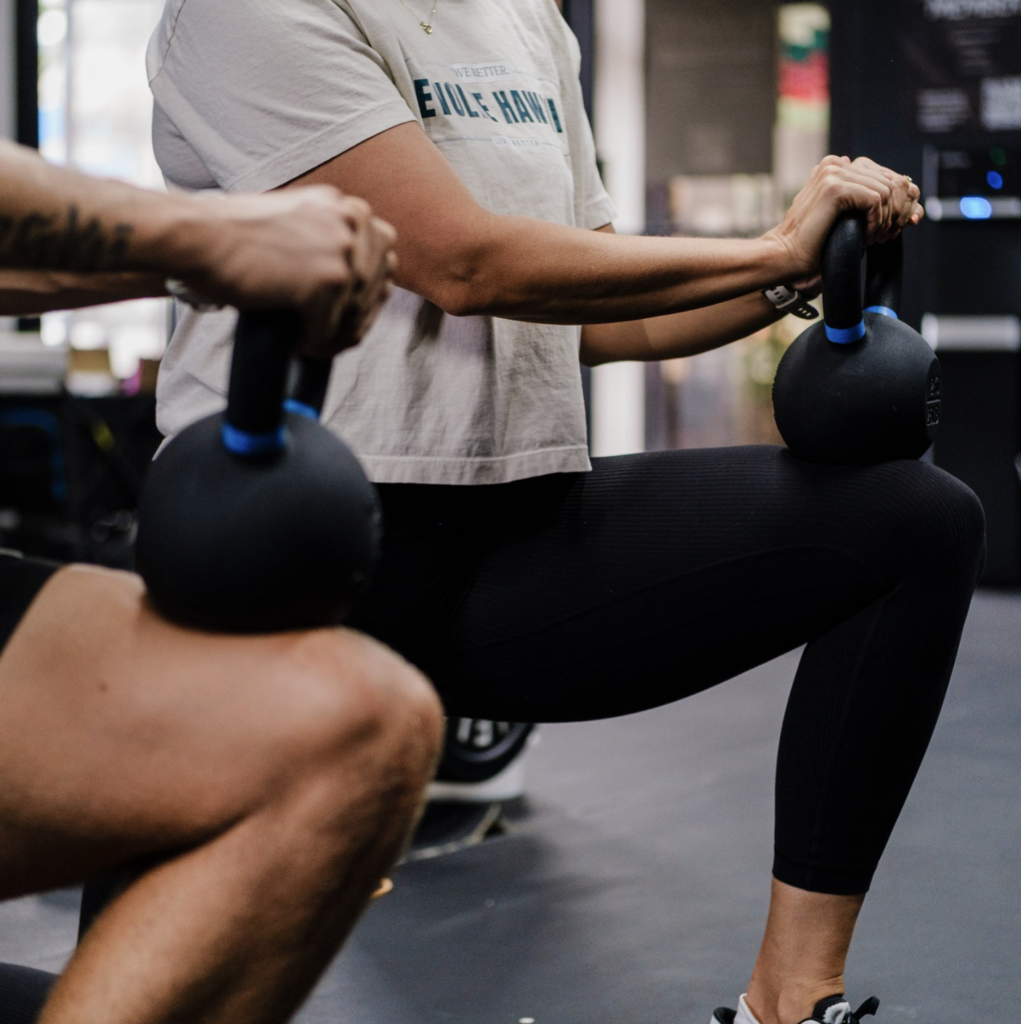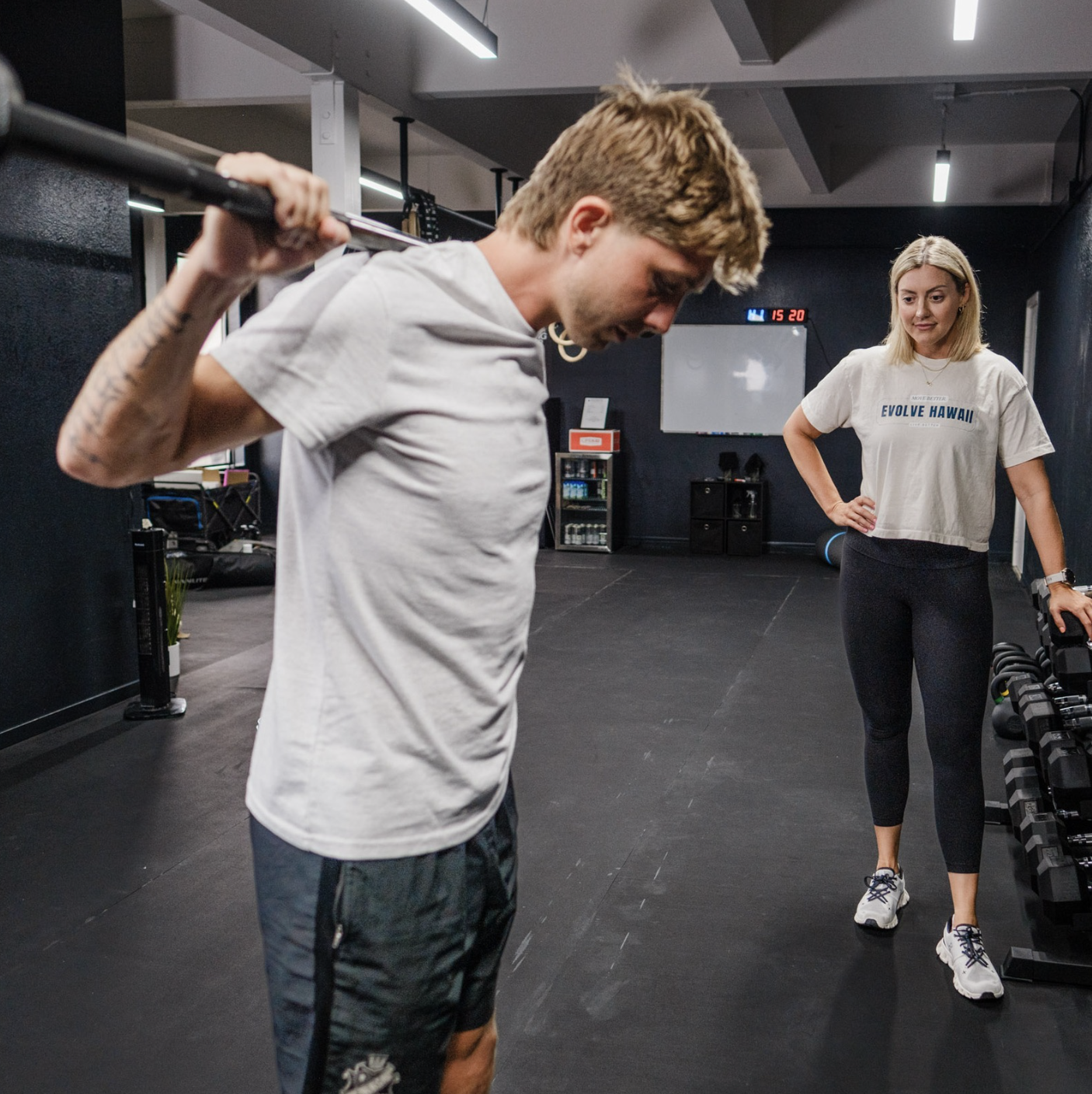Strength vs. Mobility: How to Balance Both for Optimal Joint Health

When it comes to joint health, many people focus either on building strength or improving mobility. However, both are essential to not only prevent injury but also enhance physical performance. So, what’s the difference, and how can you effectively balance the two? Let’s dive into the roles strength and mobility play in joint health, and why you need both to keep your body functioning at its best.
The Role of Strength in Joint Health
Strength refers to the muscles’ ability to produce force, and it plays a critical role in stabilizing your joints. Strong muscles surrounding your joints act as a support system, absorbing impact and reducing wear and tear on the cartilage and ligaments. Here’s why strength is key for joint health:
- Joint Stability: When muscles are strong, they help hold your joints in proper alignment. This is especially important for weight-bearing joints like the knees, hips, and shoulders. Strength training helps to prevent excessive joint movement, which can lead to sprains, strains, or long-term conditions like arthritis.
- Injury Prevention: Weak muscles make your joints more susceptible to injury, particularly during high-impact or repetitive activities. Strength training builds resilience, reducing the likelihood of overuse injuries and improving your body’s ability to handle physical stress.
- Improved Performance: Strong muscles around your joints enhance your ability to perform athletic movements more effectively. Whether you’re lifting, running, or paddling, strength enables you to generate more power while maintaining control.
The Role of Mobility in Joint Health
Mobility, on the other hand, refers to your joints’ ability to move through their full range of motion without pain or restriction. While strength keeps your joints stable, mobility ensures that you can move freely and fluidly. Here’s why mobility matters for joint health:
- Range of Motion: Mobility training increases your joints’ flexibility, allowing them to move through their natural range of motion. This is important for preventing stiffness, improving posture, and allowing for more efficient movement patterns.
- Preventing Imbalances: Lack of mobility in one area can force other joints or muscles to compensate, leading to imbalances and potential injury. For example, tight hips can cause lower back pain or knee issues. Keeping your joints mobile ensures that all parts of your body are working together in harmony.
- Better Recovery: Mobility exercises help improve circulation, which can aid in muscle recovery and reduce soreness after a workout. Stretching and foam rolling, for example, release tension in the muscles and connective tissue, helping you bounce back faster after intense activity.
Why You Need Both for Optimal Joint Health
Balancing strength and mobility is the key to optimal joint health. Here’s how they complement each other:
- Strength without mobility can lead to stiffness and restricted movement. You might be able to lift heavy weights, but if your joints can’t move freely, you’re at risk of overloading certain areas, causing injury.
- Mobility without strength leaves your joints vulnerable to instability. Even if you’re highly flexible, without the muscular support that strength provides, your joints can become more prone to dislocation or injury during dynamic movements.
How to Balance Strength and Mobility in Your Routine
- Integrate Mobility into Strength Training: Begin each workout with a dynamic warm-up that includes mobility exercises. Focus on full-body movements like leg swings, arm circles, and hip rotations to prime your joints for strength work.
- Prioritize Functional Movements: Functional exercises like squats, lunges, and push-ups engage multiple muscle groups while promoting mobility in the joints. These movements mimic real-life actions, helping you build both strength and mobility at the same time.
- Include Mobility-Only Sessions: Dedicate a few sessions per week to improving flexibility and joint range of motion. Yoga, foam rolling, and active stretching are excellent for enhancing mobility while providing a mental and physical reset.
- Balance Your Strength Training: Ensure your strength routine includes both bilateral (two-sided) and unilateral (one-sided) exercises to target muscle imbalances and promote joint stability. For example, alternate between squats and single-leg lunges to challenge both sides of the body equally.
According to the American Physical Therapy Association, mobility exercises help improve joint function.
Final Thoughts
The key to maintaining healthy joints is striking a balance between strength and mobility. While strength training stabilizes your joints and prevents injury, mobility training allows you to move freely and efficiently. By incorporating both into your fitness routine, you can support your joints, enhance physical performance, and prevent injuries for years to come.
If you’re unsure where to start or how to balance strength and mobility in your workouts, our team at Evolve Hawaii PT can help! We offer personalized programs designed to help you optimize your joint health and performance. Contact us today to learn more.
October 15, 2024
Alex Langford

Join our weekly newsletter to receive expert health tips, actionable insights, and updates on upcoming events and programs.